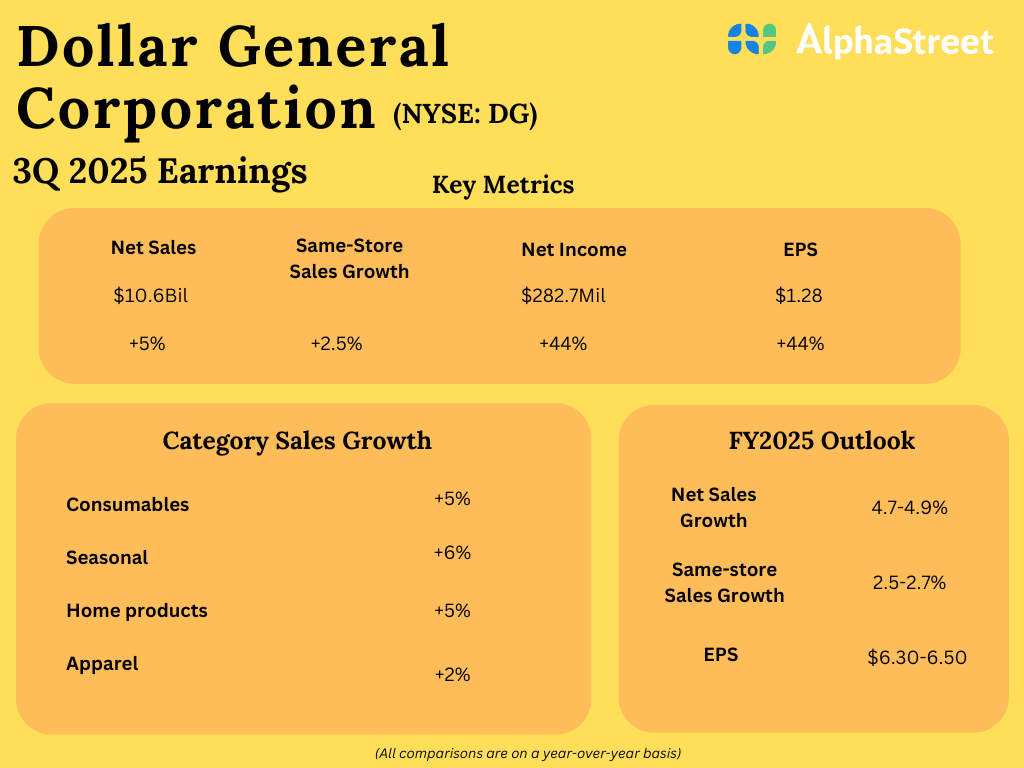When Satoshi Nakamoto introduced Bitcoin to the world in 2008, the pseudonymous coder envisioned his decentralized currency as a reaction to the financial crisis that paralyzed the global economy. But nearly two decades later, the once renegade crypto industry has become increasingly intertwined with Wall Street. On the latest episode of Fortune’s Crypto Playbook (which you can find on Spotify, Apple and YouTube), Citi’s head of enterprise digital assets Artem Korenyuk says that there’s increasing “synergy” between the two sectors.
After the Wild West early days of crypto, Wall Street became increasingly interested in digital assets as Bitcoin’s price rose into the hundreds, and then thousands of dollars, and other blockchains like Ethereum offered the promise of decentralized financial applications such as lending and payments that could reduce the frictions of legacy systems. But many early pilots, such as the R3 blockchain consortium formed in 2015 between financial firms such as Goldman Sachs and Santander, never gained any traction amid regulatory uncertainty and the ups-and-downs of the volatile industry.
But with the Trump administration’s embrace of crypto and the passage of the Genius Act in July, which established regulation for stablecoins, Korenyuk says this time is different. “Blockchain is here to stay,” he tells Fortune. The question, he added, is how it will be used.
Citi has long been a pioneer in the space, including through its Citi Token Services program, which uses a private blockchain to facilitate 24/7 payments between institutional Citi customers. While this is a more limited use case, especially because it doesn’t utilize the permissionless and decentralized innovations of Bitcoin, Korenyuk says it proves that crypto’s distributed ledger technology can change payment rails through programmability. For example, financial markets have separate systems for different types of assets, such as cash, securities, and debt, while tokens and smart contracts on blockchains “follow the same architecture, creating economies of scale and efficiencies,” Korenyuk says.
Whether banks like Citi will start using blockchain in more widespread ways that impact everyday customers is another matter. Some have begun experimenting with tokenizing different types of financial instruments such as money market funds, or issuing them on blockchains, and institutions have also explored launching their own stablecoins in the wake of the Genius Act. Korenyuk says that work by the Securities and Exchange Commission to create new regulatory frameworks for crypto has allowed Wall Street to explore new types of applications, especially around tokenized stocks. “We’re certainly paying close attention to it,” Korenyuk says.



























